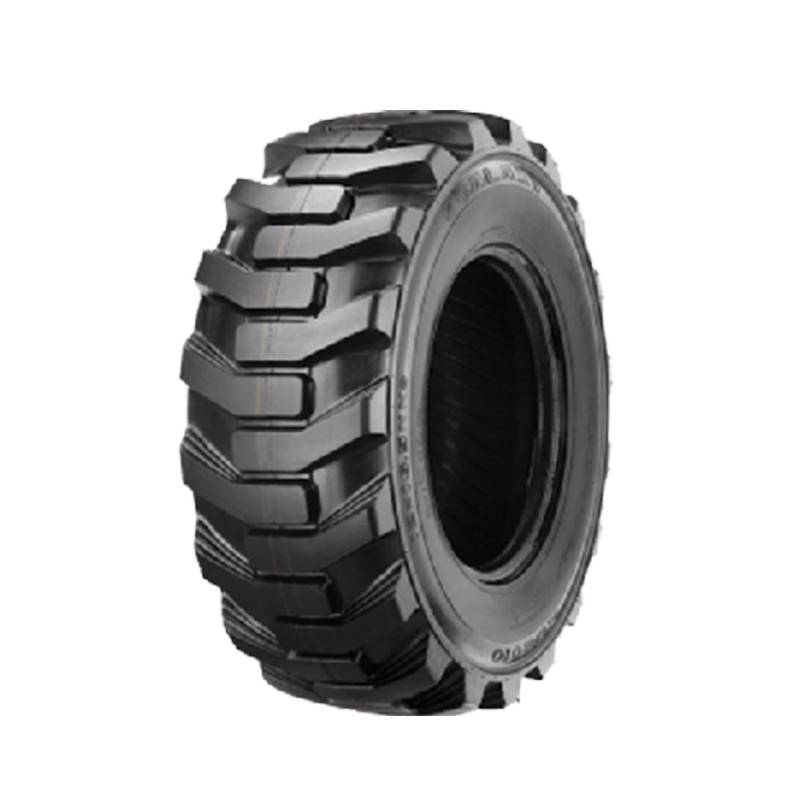
Aug . 12, 2024 13:12
Back to list
Understanding Gas Pressure Regulation Valves and Their Importance in Industrial Applications
Understanding Gas Pressure Regulator Valves
A gas pressure regulator valve is a crucial component in the management and control of gas flow in various applications, ranging from residential heating systems to industrial processes. This device plays a vital role in ensuring safety, reliability, and efficiency in the usage of gas, which is a commonly used energy source globally.
The Function of Gas Pressure Regulators
At its core, the primary function of a gas pressure regulator valve is to maintain a constant output pressure, regardless of fluctuations in the input pressure or variations in gas flow demand. Gas pressure can vary significantly due to factors such as temperature changes, gas supply conditions, or alterations in flow requirements. A regulator helps mitigate these fluctuations, ensuring that the gas is delivered at a safe and consistent pressure to downstream equipment, appliances, or systems.
Types of Gas Pressure Regulators
Gas pressure regulators can be classified into different types based on their applications and functionalities
1. Line Pressure Regulators These are used in systems where the input gas pressure is significantly higher than the desired output pressure. They are commonly used in commercial and industrial applications.
2. Single-Stage Regulators Designed for applications where the input pressure is relatively constant, these regulators reduce the pressure in one single stage.
3. Two-Stage Regulators As the name suggests, these regulators operate in two stages. The first stage reduces the high input pressure to a moderate level, and the second stage fine-tunes it to the desired output pressure. This type is ideal for applications requiring a stable flow despite variations in the input pressure.
.
Proper regulation of gas pressure is essential for several reasons
صمام منظم ضغط الغاز

1. Safety High gas pressure can lead to dangerous situations, including leaks, explosions, and equipment failures. Regulators ensure the gas pressure is kept within safe operating limits.
2. Efficiency By maintaining optimal pressure, these devices help improve the efficiency of gas appliances and systems. This translates to better fuel economy and reduced operational costs.
3. Equipment Protection Many gas-powered devices are designed to operate at specific pressure ranges. A regulator helps protect these devices from damage caused by pressure surges or drops.
4. Environmental Considerations Efficient gas use means lower emissions. Properly regulated gas systems can contribute to reduced carbon footprints and help in adhering to environmental regulations.
Key Features of Gas Pressure Regulators
Modern gas pressure regulators come equipped with several advanced features to enhance performance
- Built-in Relief Valves These valves automatically vent excess pressure to prevent over-pressurization, safeguarding downstream equipment. - Adjustable Pressure Settings Many regulators allow users to easily adjust the output pressure to suit specific requirements.
- Material Quality High-quality materials are used in the construction of regulators to withstand various corrosive environments and temperatures.
Conclusion
In conclusion, gas pressure regulator valves are indispensable in the safe and efficient management of gas systems across multiple sectors. Their ability to stabilize gas pressure not only safeguards equipment but also promotes energy conservation and environmental stewardship. As technology advances, we can expect to see even more innovative features in gas pressure regulators, enhancing their utility and reliability in the ever-evolving energy landscape. Understanding these components and their significance can better equip users to select and maintain the appropriate regulators for their specific needs.
Latest news
-
Safety Valve Spring-Loaded Design Overpressure ProtectionNewsJul.25,2025
-
Precision Voltage Regulator AC5 Accuracy Grade PerformanceNewsJul.25,2025
-
Natural Gas Pressure Regulating Skid Industrial Pipeline ApplicationsNewsJul.25,2025
-
Natural Gas Filter Stainless Steel Mesh Element DesignNewsJul.25,2025
-
Gas Pressure Regulator Valve Direct-Acting Spring-Loaded DesignNewsJul.25,2025
-
Decompression Equipment Multi-Stage Heat Exchange System DesignNewsJul.25,2025

